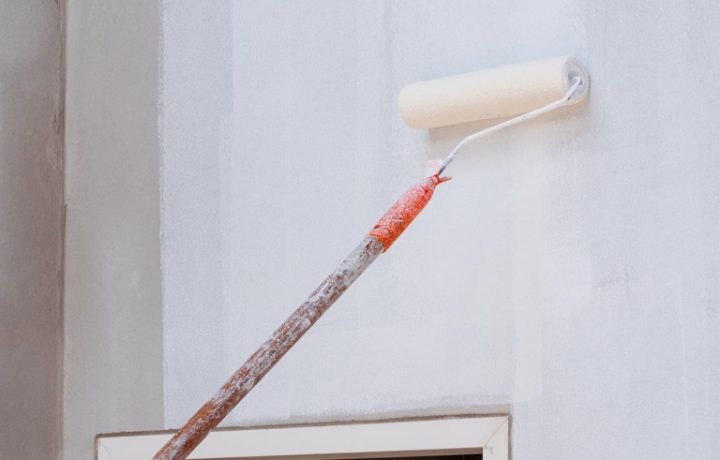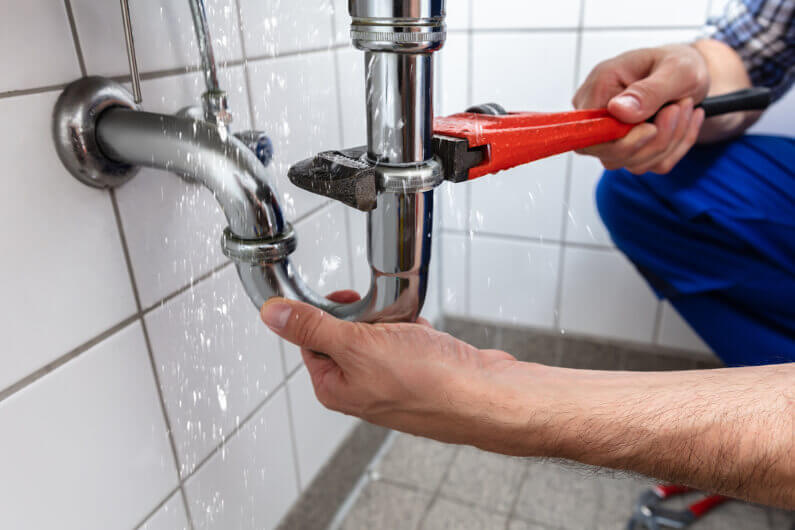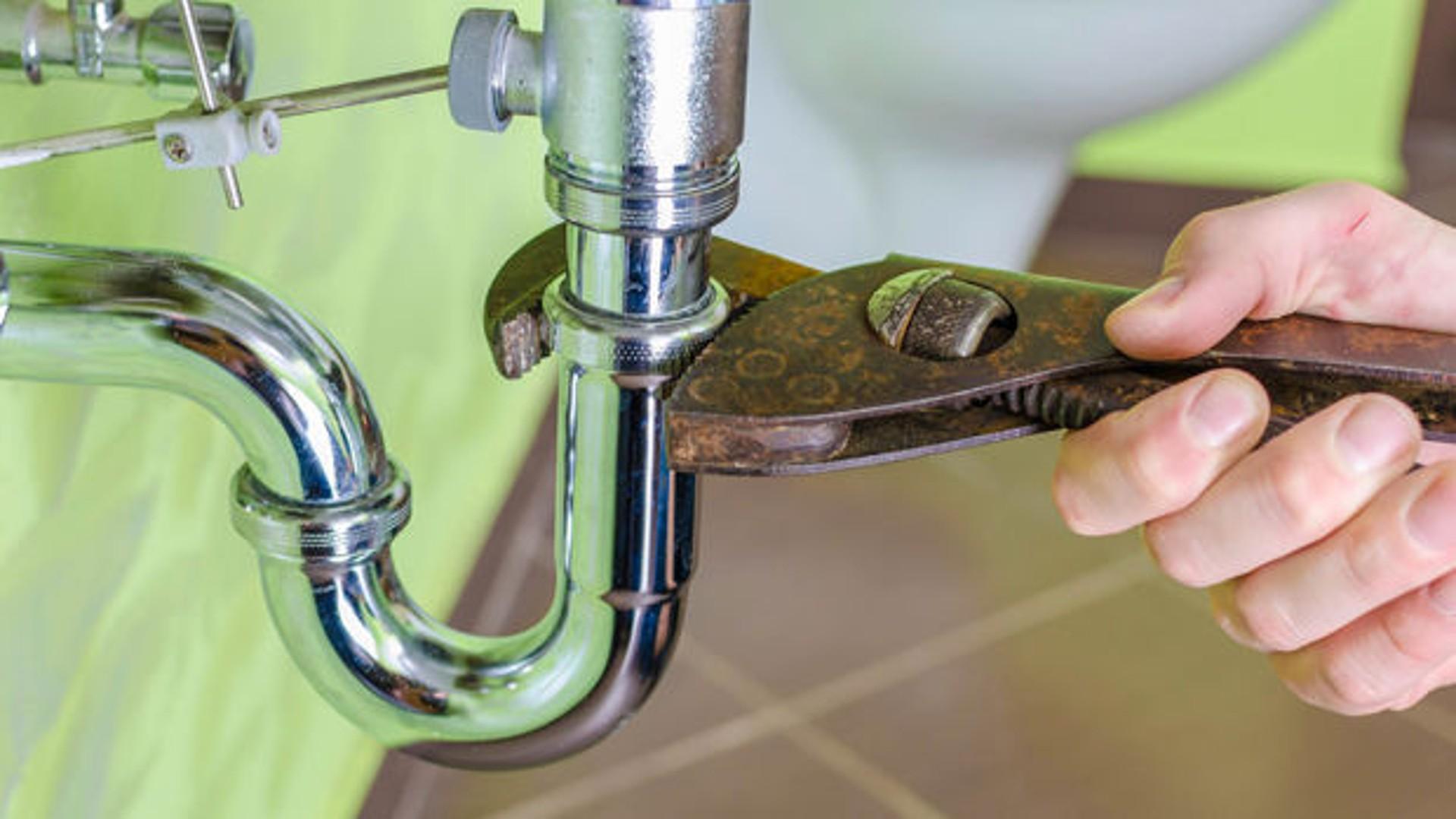
Our house is quieter these days. The kids are grown and building lives of their own. The busy mornings, endless carpooling, and holiday chaos have settled into something slower and more reflective. As empty nesters, my husband and I find ourselves embracing old traditions in new ways, and one of our favorites is wandering through town during the holidays, simply to take in the lights.
Littleton has always had charm, but there’s something especially comforting about it in December. The streets glow a little brighter. The shops look a little warmer. It’s as if the whole town wraps itself in light, offering a sense of peace and connection that we sometimes miss now that the house is no longer full of kids and holiday noise.
When Lights Tell a Story
The first time we really noticed the difference that holiday lights make was a few years ago during a December dinner date downtown. The trees lining the sidewalks were wrapped in soft white lights, and the buildings along Main Street sparkled with reds and golds. The restaurants and boutiques weren’t just decorated. They were glowing.
We found ourselves taking a longer walk than planned, pointing out which displays we liked most. And we weren’t alone. Families were taking photos. Couples were lingering. Friends were laughing under the glow of hanging lights. The town felt alive in a quiet, beautiful way.
It reminded us of the holidays when our kids were small. The magic was still there. It just looked a little different now.
Business Meets Beauty
We’ve since learned that many of the places we love to visit during the holidays rely on commercial Christmas light installation in Littleton. These are not simple string lights or a couple of wreaths in a window. They are professionally designed displays that enhance a business’s space and help it become part of the town’s larger holiday experience.
And they work. Lights have a way of making a place feel more inviting, which naturally draws people in. We often choose where to shop or dine based on how a storefront looks during the season. A warm, well-lit entryway makes us want to step inside. It’s comforting. It’s festive. And it makes us want to stay a while.
Professional Touch, Lasting Impact
One of the advantages of hiring professionals for commercial holiday lighting in Littleton is that the results are clean, safe, and consistent. There’s an elegance to the way professional displays are arranged. The lighting is balanced, the themes are thoughtful, and everything stays looking its best through snow, wind, and cold.
That attention to detail reflects well on a business. It shows care, pride, and investment in the customer experience. As someone who spent years raising a family and now has the time to really notice the small things, I can tell you that those details matter.
We’ve even made a little tradition of revisiting our favorite displays each year, especially in the historic downtown district. There’s something grounding about it. Familiar lights, familiar streets, and a familiar rhythm to the season.
Community Connection
What strikes me most about Littleton’s holiday lights is how they connect the community. Even though our kids aren’t home every night, we still find ourselves feeling part of something bigger when we go out this time of year.
The lights turn errands into little adventures. A quick stop for dinner or a gift becomes a reason to slow down and enjoy the moment. And we’ve seen it bring others together too. Neighbors pausing to talk. Strangers offering to take pictures for each other. The atmosphere shifts when lights are involved.
That feeling is something no ad or promotion can create on its own. It takes effort and intention from businesses to help build that experience. And we’re so grateful to the ones that do.
Investing in the Season
If you own a business in Littleton, let me say this from the perspective of someone who spends more time than ever appreciating the beauty of our town. Holiday lighting is worth the investment.
It draws people in, yes. But more importantly, it helps create a town that feels full of life and warmth. That benefits everyone, from young families making new memories to folks like us who are rediscovering joy in old traditions.
A Tradition That Grows With You
Though our holidays may look different now, the magic hasn’t disappeared. In fact, walking through town with my husband on a crisp December evening, hand in hand under the lights, often feels more meaningful than the chaos of years past. It’s simpler. Quieter. But no less special.
And a big part of that magic comes from the glow that businesses bring to our streets. Lights that shimmer on rooftops. Trees wrapped in gold. Windows full of warmth. These …




